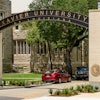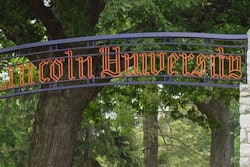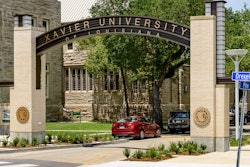It is possible that in the very near future, a doctor will be able to take a blood sample — or even a piece of toenail — from a person and tell everything about who they are biologically.
This and other knowledge about the genetic connection to disease is unfolding everyday through the Human Genome Project (HGP), a federally funded national research effort to map the entire human deoxyribonucleic acid (DNA). The project started in the mid 1980s as a result of work done by the Atomic Energy Commission on the effects of radiation on the human body. The study also looked into energy related technologies, according to Dr. Dan Drell, a biologist in the Department of Enery, which now heads the research. Scientists at the National Institutes of Health (NIH), believing that the research could help pinpoint the genetic origins of disease, got involved in the project also.
HGP is now a $3 billion, fifteen-year project based at three national centers: The Lawrence Berkeley Laboratory and The Lawrence Livermore Laboratory in California, and The Los Alamos Laboratory in New Mexico. Research is also being done at several smaller labs, at non-profit agencies, at small businesses, and at colleges and universities.
Approximately fifty universities and academic centers nationwide are engaged in some phase of the project. Internationally, there is a center in Canada at the University of Alberta and the Japanese have begun their own project. The different components include: physical mapping, sequencing, instrumentation development, infomatics (computational biology), and ELSI (Ethical, Legal and Social Implications).















